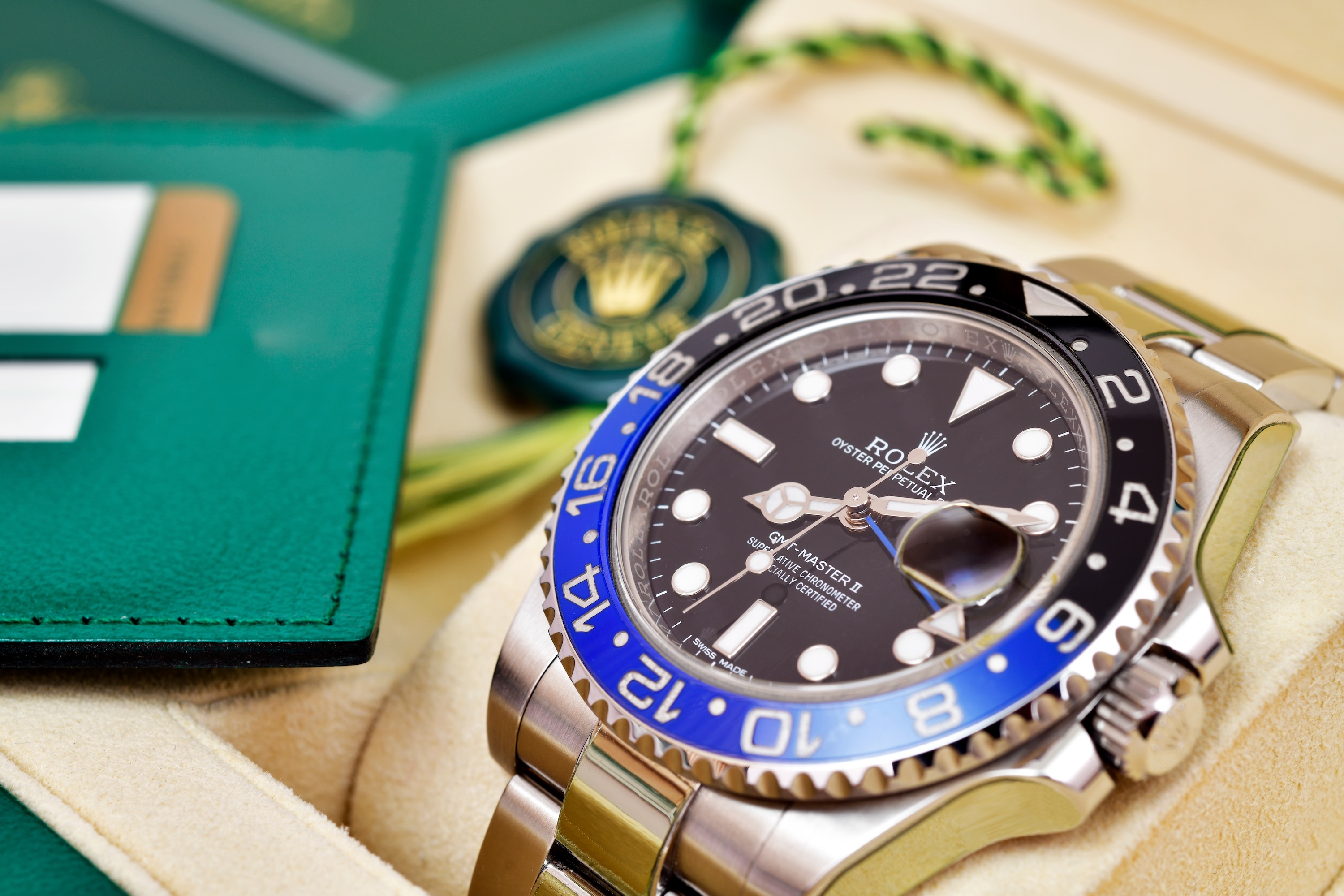Geneva-based watchmaker Rolex recently announced plans to raise U.S. retail prices by an average of 3% starting May 1st in response to the latest import tariffs on Swiss goods. Rolex has not officially released an extended statement on the increase, but industry experts report the move a direct counter to the recent trade policy changes affecting Swiss exports.
Latest tariffs extend to luxury goods

International markets have been reeling from the slew of changes between the Biden and Trump administrations. The current Trump administration’s 10% tariff on Swiss imports includes several high-end luxury brands, including watches. An initial proposal of 31% was dramatically scaled back after the levy led to market instability. Instead, a broader reciprocal tariffs plan for 90 days was proffered as a solution. Presently, the tariff remains firm at 10%, forcing many luxury Swiss watch companies to either eat the costs or have consumers make up the difference. The watch tariffs have made ripple effects throughout the industry as more companies concentrate on whittling profit margins.
U.S. market braces for biggest impact

Rolex’s largest market will be the most affected by these tariff changes, and with more than a million watches sold annually on average, the higher costs this year will factor into it if the numbers are on par with previous ones in 2025. Beyond the tariffs, Swiss brands must also take into account the current strength of the Swiss franc combined with increased production costs. Gold is currently at record highs, which has directly resulted in higher material expenses. These factors, combined with supply chain issues, have all contributed to the overall inflation affecting the industry today.
Omega announces 5% price hike

Another Swiss brand announcing a price hike is Omega, which is raising U.S. retail prices by 5% beginning May 1st. The announcement follows confirmed jumps from other leading brands like Blancpain and Glashütte Original, raising prices between 8-10%. Industry analysts point to at least five other Swiss watch brands that are making adjustments to prices, which will affect the luxury watch market.
Implications for the Swiss watch industry

With tariffs eating into profits, more brands must decide how to handle the extra costs. As the leading luxury watch brand, Rolex holds significant influence on the rest of the industry and which measures to take to counteract rising tariffs. Currently, Cartier and Breitling are two other watch brands that are raising their prices in response to the tariffs. The American market will be held under a microscope for the next few months as luxury brands decide which price revisions to take to meet the changing trade landscape.
The markets to be closely watched in the coming months
Currency fluctuations have increased the prices associated with exports, and precious metals are currently at record highs. The negotiations between Switzerland and the U.S. to reduce tariffs will ultimately determine how much further price hikes go. For the time being, luxury watch collectors can expect higher costs starting in May and throughout the summer, with Rolex and Omega among the prominent brands leading the charge.




